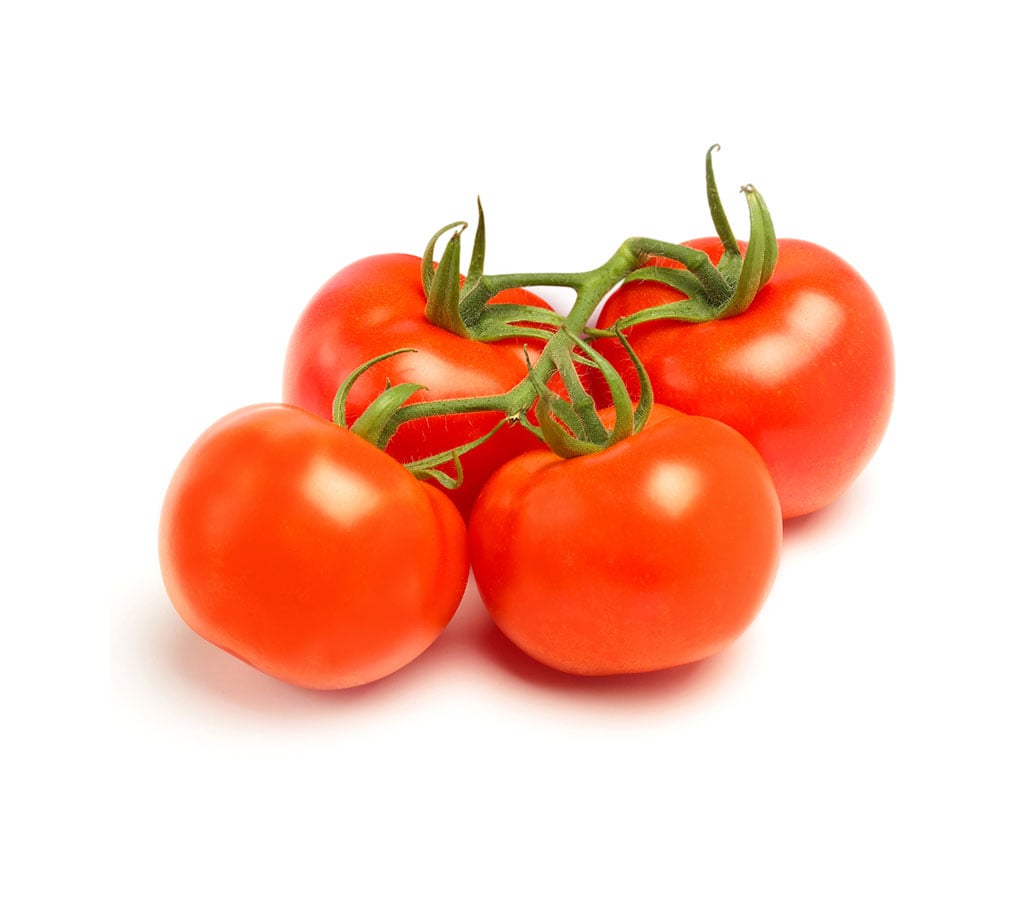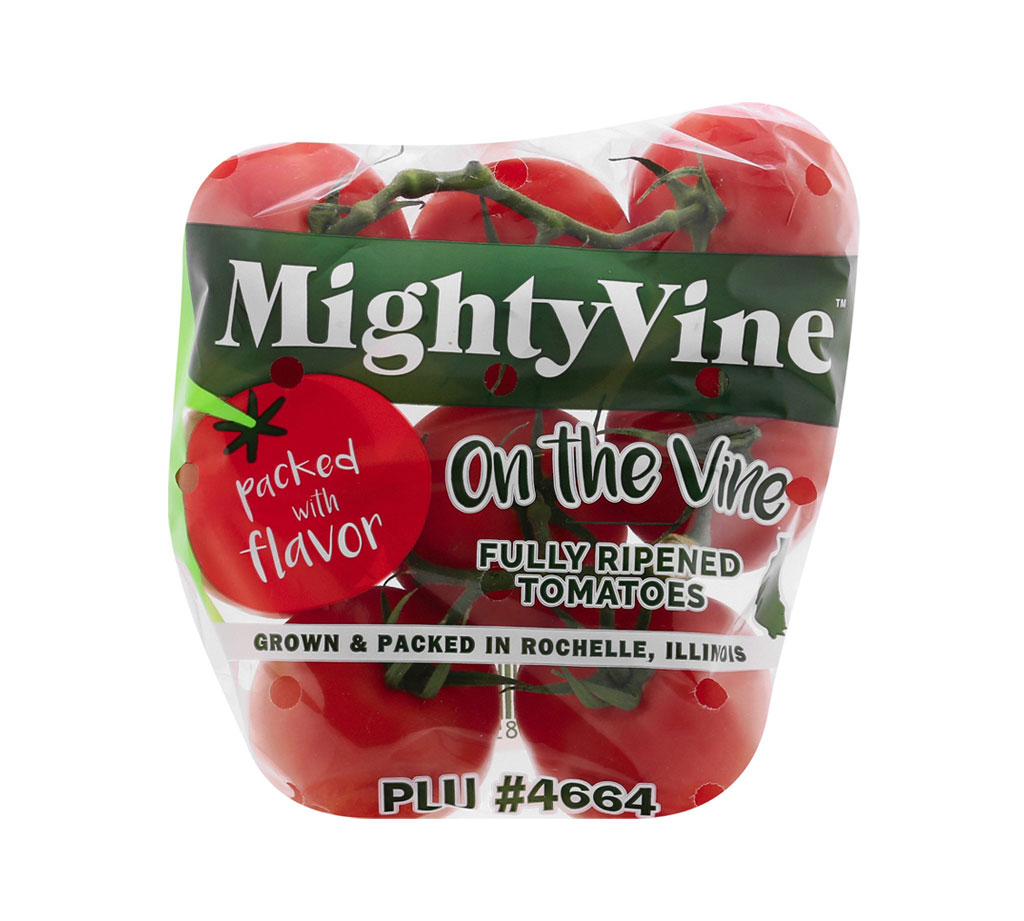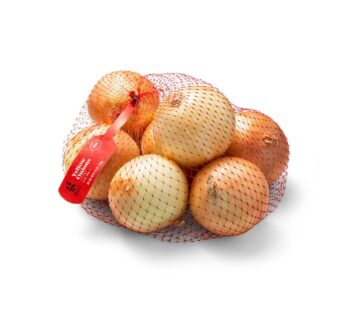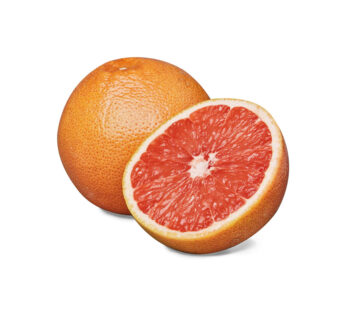Key Characteristics:
- Appearance: Tomatoes vary greatly in appearance depending on the variety. They can be round, oval, or plum-shaped, and range in size from small cherry tomatoes (about the size of a marble) to large beefsteak varieties (which can be as big as a softball). The skin is smooth, and the flesh inside is typically juicy and tender, with a few to many seeds.
- Color: While tomatoes are most commonly red when ripe, they can also be found in various colors, including yellow, orange, purple, and even green (in varieties like the Green Zebra or unripe tomatoes). Red tomatoes are typically the most well-known and widely used for their balance of sweetness and acidity.
- Flavor & Aroma: Tomatoes are known for their rich, tangy-sweet flavor, which can range from mildly acidic to sweet, depending on the variety and ripeness. Their taste is a blend of natural sugars, acids, and aromatic compounds that make them a key ingredient in many savory dishes. Ripe tomatoes have a fresh, fruity aroma that is especially strong in heirloom varieties.
Nutritional Benefits:
- High in Vitamin C: Tomatoes are a good source of vitamin C, which supports the immune system, skin health, and collagen formation.
- Rich in Antioxidants: Tomatoes contain powerful antioxidants, most notably lycopene, which is responsible for their red color and has been linked to heart health and cancer prevention.
- Low in Calories: Tomatoes are low in calories, with one medium-sized tomato containing only about 20–25 calories, making them a nutritious, guilt-free snack or ingredient.
- Vitamins & Minerals: In addition to vitamin C, tomatoes provide vitamin A (from beta-carotene), potassium, folate, and small amounts of several B vitamins, contributing to overall health.
- Hydrating: With a high water content (about 95%), tomatoes are naturally hydrating, making them a refreshing food choice, especially in warm weather.
Culinary Uses:
- Raw: Fresh tomatoes are commonly eaten raw in salads, sandwiches, or as a garnish. They can be sliced, diced, or served whole, adding flavor, color, and texture to dishes.
- Salsas & Sauces: Tomatoes are the base for many popular sauces, such as marinara, tomato sauce, and salsa. They provide a rich, tangy flavor that forms the foundation for pasta dishes, pizzas, and tacos.
- Soups & Stews: Tomatoes are frequently used in soups (like classic tomato soup), stews, and curries for their juicy texture and ability to add depth to the dish’s flavor.
- Grilled or Roasted: Grilling or roasting tomatoes concentrates their natural sugars and deepens their flavor. Roasted tomatoes can be added to pasta, salads, or eaten as a side dish.
- Juices & Smoothies: Tomato juice is a popular beverage and is also used as a base for cocktails like the Bloody Mary. Fresh tomatoes can also be blended into smoothies for a savory twist.
- Canning & Preserving: Tomatoes can be canned or preserved as sauces, purees, or sun-dried tomatoes, allowing for year-round use in recipes.
Storage:
- Room Temperature: Tomatoes should be stored at room temperature, away from direct sunlight, to ripen and retain their full flavor. Once they are ripe, they can be eaten within a few days for the best taste and texture.
- Refrigeration: While storing ripe tomatoes in the fridge can extend their shelf life, it can negatively affect their flavor and texture, making them less sweet and slightly mealy. It’s best to refrigerate tomatoes only if they are overripe or if you need to extend their shelf life.
- Freezing: Tomatoes can be frozen for longer storage. To freeze, wash and core the tomatoes, then either freeze them whole or chopped. Frozen tomatoes can be used in sauces, soups, or stews, though their texture may change after thawing.
Types of Tomatoes:
- Roma (Plum) Tomatoes: These oval-shaped, firm tomatoes are great for making sauces, pastes, and canning due to their low moisture content.
- Cherry and Grape Tomatoes: Small and round, these sweet, bite-sized tomatoes are perfect for snacking, salads, and roasting.
- Beefsteak Tomatoes: Known for their large size and meaty texture, these are ideal for sandwiches, burgers, and slicing.
- Heirloom Tomatoes: These open-pollinated varieties come in many colors, shapes, and sizes and are prized for their complex flavors and unique characteristics.
- Green Tomatoes: Often unripe red tomatoes, green tomatoes are firm and tart and are used in dishes like fried green tomatoes or green tomato chutney.
Organic vs. Conventional Tomatoes:
Organic tomatoes are grown without synthetic pesticides, herbicides, or chemical fertilizers, making them a safer, more sustainable choice for consumers who are concerned about chemical residues or environmental impact. Organic farming also promotes soil health and biodiversity. While organic tomatoes are often more expensive, many people prefer them for their cleaner, more natural taste and environmental benefits. Conventional tomatoes, on the other hand, may be grown with chemical treatments that could affect flavor and nutritional quality but tend to be more affordable and widely available.
Overall:
Tomatoes are a beloved and versatile fruit used across cuisines worldwide. Whether enjoyed raw, cooked, juiced, or preserved, tomatoes bring flavor, nutrition, and color to a variety of dishes. Rich in vitamins, antioxidants, and water content, they support overall health while satisfying the taste buds. From summer salads to hearty pasta sauces, tomatoes are an essential ingredient in countless recipes and an indispensable part of the culinary world.











Reviews
There are no reviews yet.